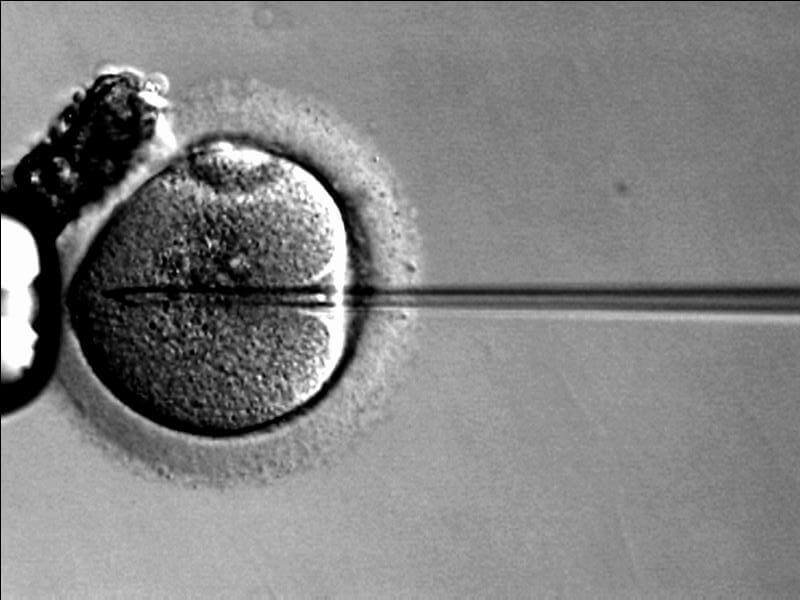In 1978, the first child conceived using IVF was born. In the subsequent 34 years tens of thousands of couples have turned to assisted reproductive technologies (ART) to help them conceive. IVF is perhaps the most widely known procedure, but embryo transfer, sperm injection, hormonal ovarian stimulation and surrogacy also fall under this category.
These procedures are widely considered safe, but there is some evidence that ART creates small risk increases for infants including low birth weight and early birth. Some studies also link the techniques to congenital heart and brain defects, although those findings seem less robust.
In the latest large analysis of birth complications and ART, scientists again found that assisted reproduction was linked to these complications. The reasons why remain a mystery, one that might be increasingly difficult to decipher because the techniques physicians use to help infertile couple change rapidly:
“Researchers are constantly playing a catch-up game in this field, where new techniques are introduced just as we are able to begin reporting on health outcomes of older techniques,” said Michele Hansen of the Telethon Kids Institute told Medical Xpress.
Hansen and her colleagues explained that the number of embryo’s transferred to a mother’s uterus, whether the embryo is frozen, fresh or thawed and the chemicals that are used to help the embryo grow before transfer all seem to affect outcomes for these pregnancies. But, data are so limited that it’s impossible to really pick out substantial effects.
Finding the data could have a big impact on the health and safety of women who use ART and their children. But in a world where techniques rapidly change and the standard of care is different at each center, that may not happen anytime soon.
Additional Resources:
- Call to end anonymous egg and sperm donation points to lack of fertility industry regulation, Meredith Knight, Genetic Literacy Project
- Science or science fiction: Egg stem cells can cure fertility?, Katy Davis, Genetic Literacy Project
- The “right time” to have children, Ashley Taylor, Genetic Literacy Project































